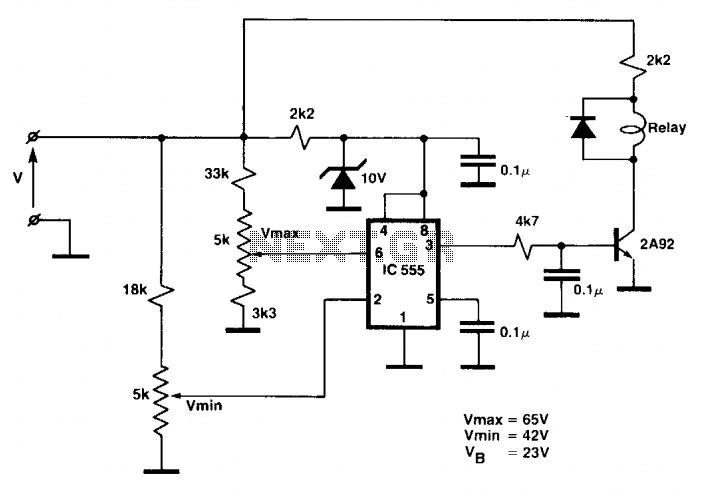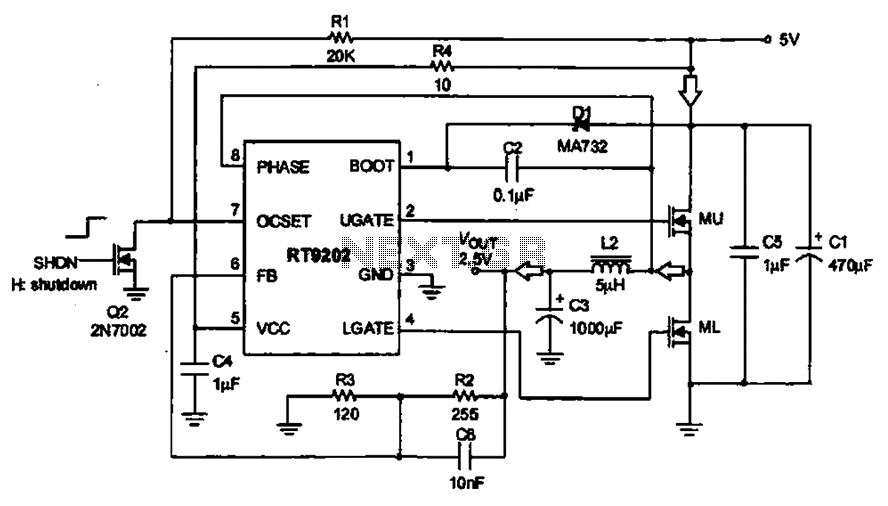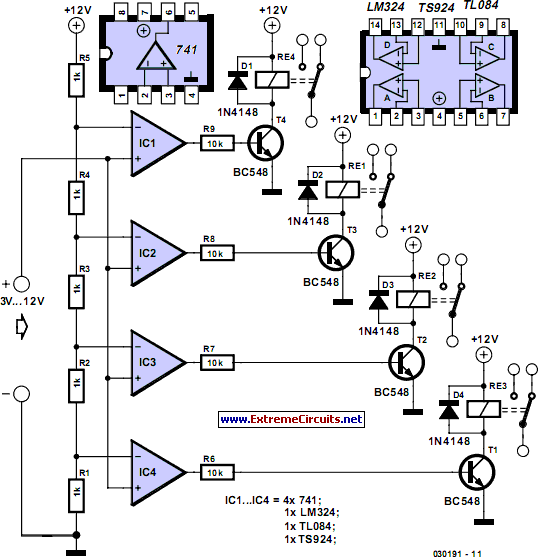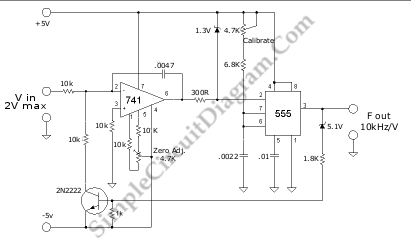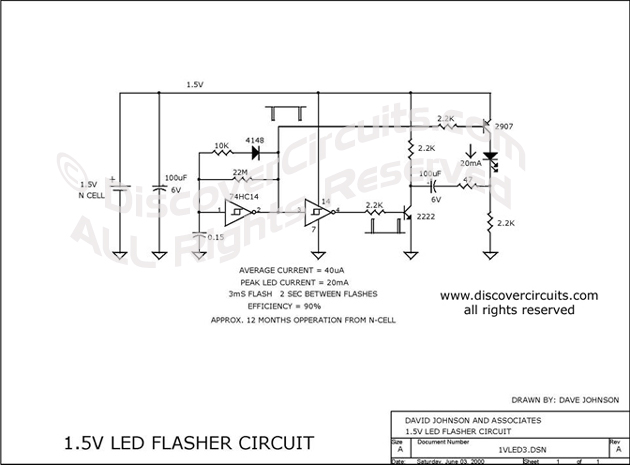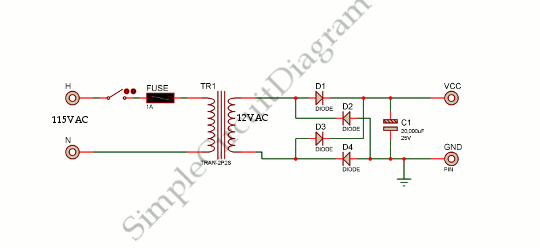
LM78S40 5V to 15V Step-up Voltage Regulator

A step-up conversion can be achieved without utilizing a transformer. This circuit is capable of converting a 5V DC source into 15V. It is important to note that there is no power gain.
The described circuit employs a DC-DC boost converter topology to achieve the step-up conversion from 5V to 15V. The fundamental principle behind this operation is the ability to store energy temporarily in an inductor and then release it at a higher voltage.
The circuit typically consists of the following components: an inductor, a switch (usually a transistor), a diode, and a capacitor. The inductor is connected to the input voltage source (5V in this case) and the switch is periodically opened and closed to control the energy transfer. When the switch is closed, current flows through the inductor, storing energy in the magnetic field. When the switch opens, the inductor attempts to maintain the current flow, and this results in a voltage spike that is higher than the input voltage.
The diode is placed in such a way that it allows the current to flow to the output capacitor when the switch is open, preventing the current from returning to the input. The capacitor smooths the output voltage to provide a stable 15V output. The output voltage can be adjusted by modifying the duty cycle of the switching signal, which controls the time the switch remains closed relative to the time it is open.
In practice, the efficiency of this boost converter circuit is influenced by several factors, including the choice of components, switching frequency, and load conditions. While the circuit can achieve the desired voltage increase, it is essential to recognize that the output power cannot exceed the input power, hence the absence of power gain. Proper thermal management and component selection are crucial to ensure reliable operation and to prevent overheating during extended use.We can do a step-up conversion without using transformer. Using this circuit, a 5V DC source can be converted into 15V. Please note that there is no power gain.. 🔗 External reference
The described circuit employs a DC-DC boost converter topology to achieve the step-up conversion from 5V to 15V. The fundamental principle behind this operation is the ability to store energy temporarily in an inductor and then release it at a higher voltage.
The circuit typically consists of the following components: an inductor, a switch (usually a transistor), a diode, and a capacitor. The inductor is connected to the input voltage source (5V in this case) and the switch is periodically opened and closed to control the energy transfer. When the switch is closed, current flows through the inductor, storing energy in the magnetic field. When the switch opens, the inductor attempts to maintain the current flow, and this results in a voltage spike that is higher than the input voltage.
The diode is placed in such a way that it allows the current to flow to the output capacitor when the switch is open, preventing the current from returning to the input. The capacitor smooths the output voltage to provide a stable 15V output. The output voltage can be adjusted by modifying the duty cycle of the switching signal, which controls the time the switch remains closed relative to the time it is open.
In practice, the efficiency of this boost converter circuit is influenced by several factors, including the choice of components, switching frequency, and load conditions. While the circuit can achieve the desired voltage increase, it is essential to recognize that the output power cannot exceed the input power, hence the absence of power gain. Proper thermal management and component selection are crucial to ensure reliable operation and to prevent overheating during extended use.We can do a step-up conversion without using transformer. Using this circuit, a 5V DC source can be converted into 15V. Please note that there is no power gain.. 🔗 External reference
